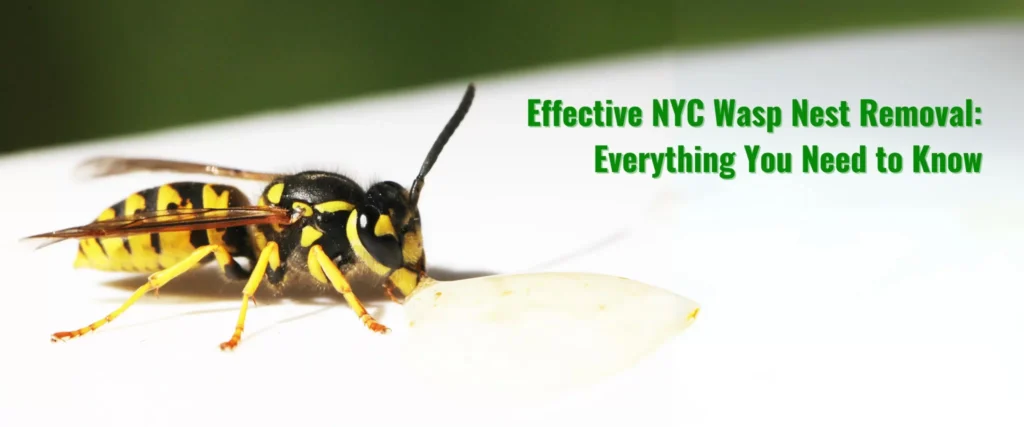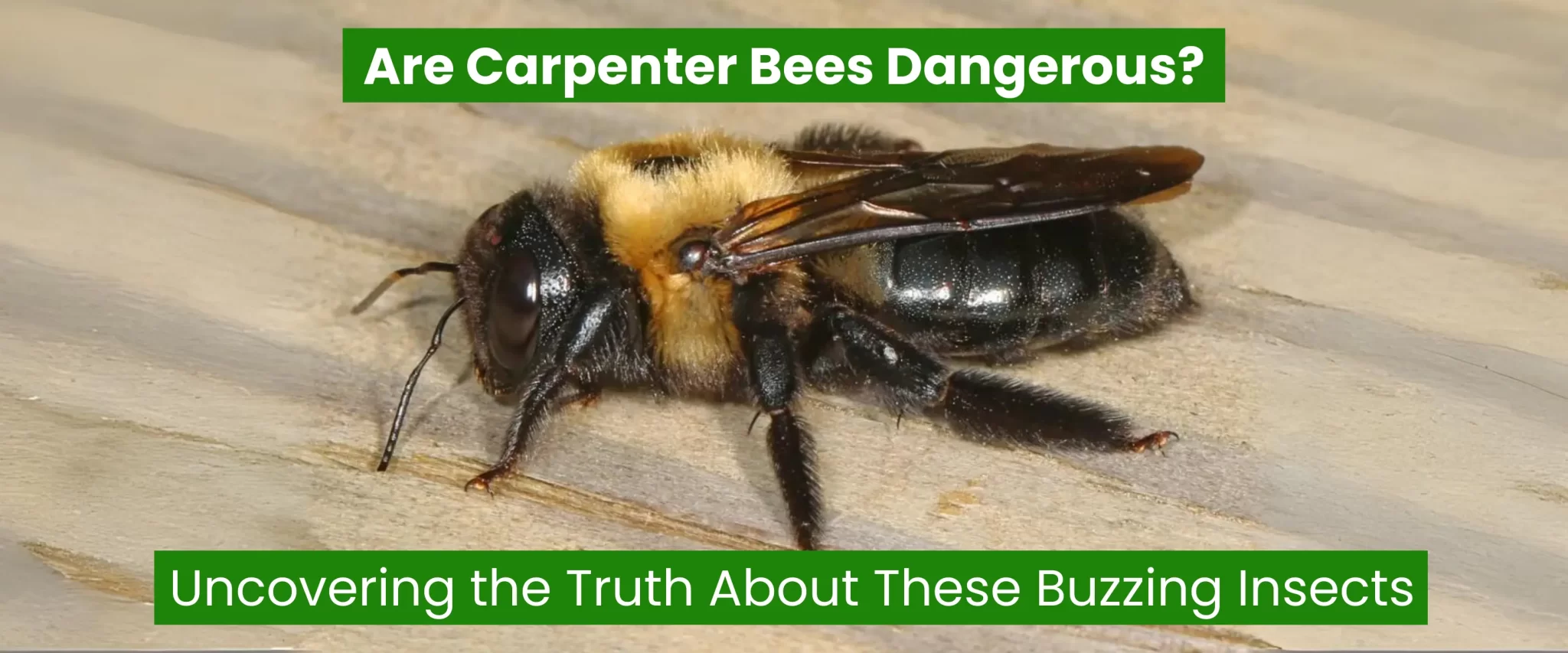
Carpenter bees are large, imposing insects often mistaken for bumblebees. However, unlike their fuzzy cousins, carpenter bees have smooth, shiny abdomens. Their name is a testament to their nesting habits: they excavate tunnels in wood to create their homes. While they might seem intimidating, they are generally docile creatures.
Understanding these wood-boring insects is crucial for several reasons. Firstly, their nesting activities can cause significant damage to wooden structures like homes, decks, and fences. By recognizing the signs of their presence and understanding their behavior, homeowners can take preventative measures to protect their property. Secondly, while carpenter bees are less aggressive than other stinging insects, it’s essential to know how to interact with them safely.
A common question is: Are carpenter bees dangerous? While they can inflict a painful sting if provoked, they are generally not aggressive and prefer to avoid confrontation. However, the real danger lies in the structural damage they can cause to wooden structures.
Understanding Carpenter Bees
Physical Characteristics
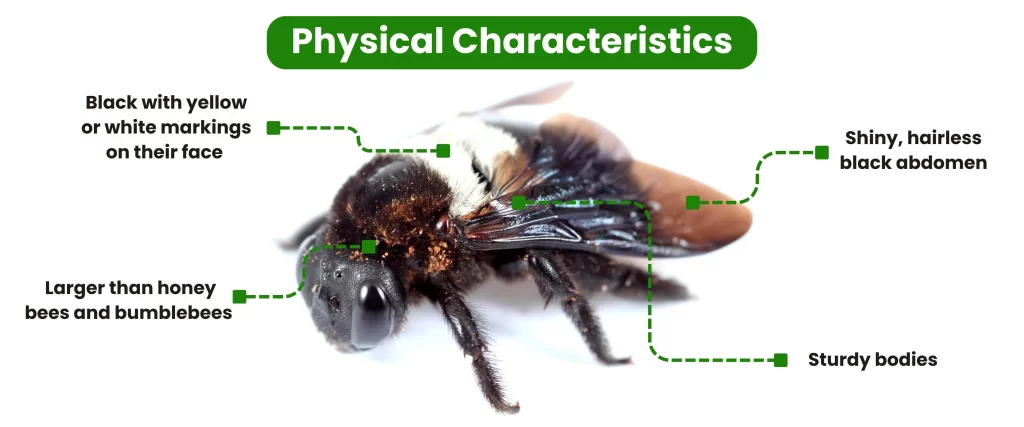
Carpenter bees are large, robust insects often mistaken for bumblebees.
- Size: They are typically larger than honey bees and bumblebees.
- Color: Generally black with yellow or white markings on their face (males) or thorax.
- Distinctive abdomen: The most noticeable feature is their shiny, hairless black abdomen, unlike the fuzzy abdomens of bumblebees.
- Strong bodies: Built for their wood-boring activities, they have sturdy bodies.
Carpenter Bees vs. Other Bees
To accurately identify carpenter bees, it’s essential to differentiate them from other bees:
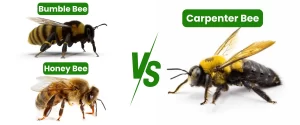
- Bumblebees: While similar in size, bumblebees have fuzzy bodies, including their abdomens. They are social insects living in colonies, unlike solitary carpenter bees.
- Honey bees: Smaller than carpenter bees, honey bees are golden brown with hairy bodies. They live in hives and are crucial pollinators.
Common Habitats, Including Carpenter Bees in Attic
Carpenter bees prefer to nest in wood. Common habitats include:
- Wooden structures: Homes, sheds, decks, and fences.
- Trees: Often choosing softwoods like pine or cedar.
- Dead logs: They may utilize these for nesting.
Attics are particularly attractive to carpenter bees due to their sheltered environment and access to wood. They often enter through gaps or cracks in the roof or eaves. Once inside, they create tunnels in the wood framing, causing structural damage.
Behavior and Lifespan
Why Do Carpenter Bees Eat Wood?
Carpenter bees don’t actually eat wood. The misconception arises from their nesting behavior. These bees chew through wood to create tunnels for their offspring. The wood serves as a protective home for their larvae, not as a food source.
How Do Carpenter Bees Make Holes in Wood?
Female carpenter bees have strong mandibles that they use to excavate tunnels in wood. They begin by creating a perfectly round entrance hole, often about the size of a pencil. Once inside, they continue to bore tunnels, creating a series of cells for their eggs.
Lifespan of Carpenter Bees and How Long Do Carpenter Bees Live Without Food?
- Lifespan: The lifespan of a carpenter bee is typically about one year.
- Survival without food: Like other bees, carpenter bees need food, primarily nectar and pollen, to survive. Without a consistent food source, they would not survive for long.
Interaction with Humans
Are Carpenter Bees Aggressive?
Carpenter bees are generally not aggressive.
Males, in particular, are known for their territorial behavior, often buzzing around people to intimidate them. However, this behavior is harmless as they lack a stinger. Females are more docile and typically only sting if provoked or handled roughly.
Does Carpenter Bees Sting or Bite?
- Biting: Carpenter bees do not bite.
- Stinging: Only female carpenter bees can sting, and they will usually only do so if they feel threatened or their nest is disturbed.
Are Carpenter Bee Stings Dangerous?
While a carpenter bee sting can be painful, it’s typically no more dangerous than a bee sting. However, people with bee allergies should exercise caution.
Do Carpenter Bees Bite or Sting?
As mentioned earlier, carpenter bees do not bite. Only female carpenter bees can sting, and they usually only do so as a defensive measure.
Prevention and Control
How to Keep Carpenter Bees Away
Preventing carpenter bees from nesting in your property is often more effective than trying to eliminate them once they’ve moved in. Here are some preventive measures:
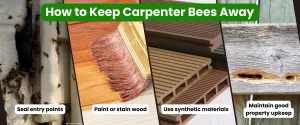
- Seal entry points: Examine your home’s exterior for any cracks or holes where bees might enter.
Seal these with caulk or wood filler. - Paint or stain wood: Carpenter bees prefer untreated wood. Painting or staining exposed wood can deter them.
- Use synthetic materials: Consider using vinyl, aluminum, or composite materials for outdoor structures.
- Maintain good property upkeep: Regularly inspect your property for signs of carpenter bee activity.
Do Carpenter Bee Traps Work?
Carpenter bee traps can be effective in reducing the population of carpenter bees in an area. However, they are not a foolproof solution and should be used in conjunction with other prevention methods. Traps typically use a lure to attract bees and then trap them.
Safety Concerns
Are carpenter bees dangerous to structures?
Yes, carpenter bees can cause significant damage to wooden structures.
While they don’t consume the wood like termites, their tunneling creates weak points that can compromise the structural integrity of your home or other wooden buildings over time.
Are black bees dangerous?
The term “black bee” is too general. There are many types of black bees, including carpenter bees, honey bees, and bumblebees. Some are harmless, while others can sting. To determine if a black bee is dangerous, it’s essential to identify the specific species.
Are black bumble bees dangerous?
Black bumble bees are generally not aggressive. Like other bumblebees, they can sting if provoked, but they are typically docile.
Can wood bees sting?
The term “wood bee” is often used interchangeably with carpenter bee. As mentioned earlier, only female carpenter bees can sting, and they usually only do so when threatened.
Conclusion
Summary of Key Points
Carpenter bees are large, solitary insects known for their ability to excavate tunnels in wood. While often mistaken for bumblebees, they have distinct physical characteristics, including a shiny, hairless abdomen. Despite their intimidating appearance, they are generally docile, and only female carpenter bees can sting. While their nesting behavior can cause significant damage to wooden structures, they also play a vital role as pollinators.
Final Thoughts on Whether Carpenter Bees Are Dangerous
Carpenter bees pose a minimal direct threat to humans. Their primary danger lies in the structural damage they can cause to wooden structures. While their aggressive-looking behavior can be intimidating, males cannot sting, and females typically only sting when provoked.
Tips for Dealing with Carpenter Bees Effectively

- Prevention: Seal cracks and crevices, paint or stain exposed wood, and consider using synthetic materials for outdoor structures.
- Deterrence: Use citrus sprays, essential oils, or commercial repellents. Attracting birds like woodpeckers can also help.
- Damage repair: Fill and seal existing holes to prevent further infestation.
- Professional help: For severe infestations, consider contacting a pest control professional.

